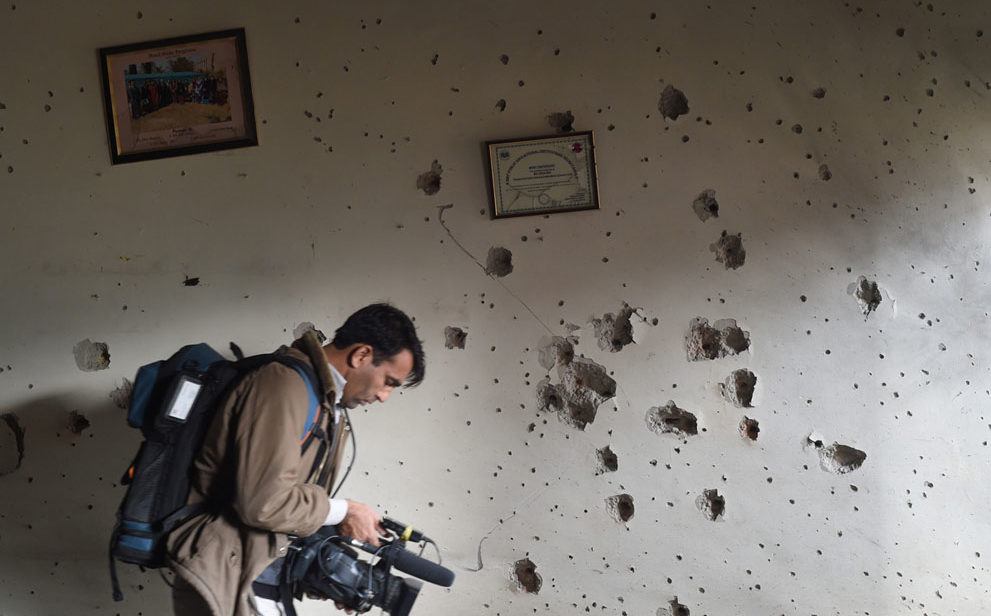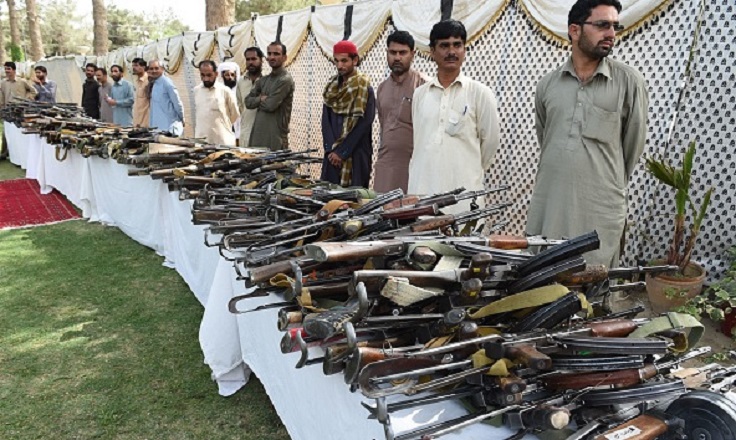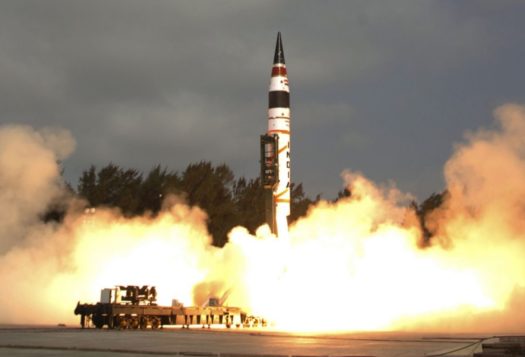
A new internal security paradigm seems to be evolving in Pakistan with the launch of counterterrorism operation Radd-ul-Fasaad, which involves joint efforts by the civilian and military establishments. Radd-ul-Fasaad aims to consolidate operational gains of Zarb-e-Azb by targeting the support networks and sleeper cells of terrorists in Pakistan. Meanwhile, the civilian initiatives are focused on the neglected points of the National Action Plan (NAP), such as creating a counter narrative against extremism, militant rehabilitation, and madrassa reforms.
However, the real test of this operation will be the reintegration of militant outfits as groups, rather than just as individuals. Reportedly, proposals are under consideration to reintegrate three militant outfits: Ahle Sunnat wal Jamaat (ASWJ), Jamaat-ud-Dawa (Jud), and Jaish-e-Muhammad (JeM). In this regard, the experiences of militant reintegration in Egypt and Indonesia can serve as models for Pakistan. However, while these case studies are instructive, Pakistan must be mindful of its own context and extremist milieu, and should not rush to reintegrate militant groups without adapting these strategies to its own unique environment. A premature implementation of a reintegration strategy is inherently risky, as it will mainstream extremism instead of overcoming it.
The Case of Egypt and Indonesia
In Pakistan, the two most cited cases of group rehabilitation are in Egypt and Indonesia. Like Pakistan, both Egypt and Indonesia are Sunni Muslim majority countries and have a troubled history of dealing with religious extremism and terrorism. Egypt rehabilitated the Egyptian Islamic Jihad and Gamah Al-Islamiya militant groups while Indonesia reintegrated the Jemmah Islamiyah.
Currently, there are militant rehabilitation schools in Pakistan that are focused on individuals, working in Swat (Sabaoon, Rastoon, Mishal), Dera Ismail Khan and Tank districts of Khyber Pakhtunkhwa, the Federally Administered Tribal Areas(FATA)’s Khyber, Bajaur and Mohmand Agencies, as well as in South Punjab. Pakistan has some elementary capacity, infrastructure and manpower to rehabilitate individual militants, but not entire militant groups. The two approaches are quite different.
Reintegration in the Pakistani Context and Challenges
Pakistan can learn a great deal about militant group reintegration from the Egyptian and Indonesian models, while at the same time keep in mind important distinctions that must be made in the Pakistani context.
First, in both the Indonesian and Egyptian cases, judicial trials and prison sentences preceded the process of de-radicalization, rehabilitation, and reintegration. To ensure the supremacy of justice and rule of law, Pakistani authorities should demand that leaders and operatives of ASWJ, JuD, and JeM surrender to security forces, face trial, and serve prison sentences before undergoing group rehabilitation. Foregoing these two steps will undermine the legitimacy of the justice system.
Second, after reintegration, the groups in Egypt and Indonesia were not allowed to participate in politics. However, in Pakistan’s case, ASWJ is already involved in politics and the JuD has expressed interest in registering as a political party with the Election Commission of Pakistan (ECP). Social and political mainstreaming are two markedly different things. The former allows individuals and groups involved in militancy to live peacefully and pardons part of their prison sentences in exchange for renouncing violence and softening their ideological dispositions. On the contrary, the latter, while giving them a chance to reintegrate, also provides political space to pursue politics. This is dangerous as it allows militants to achieve politically what they failed to achieve militarily.

Third, both Egyptian and Indonesian authorities sought internal ideological transformation from the militant groups, not just behavioral changes. It entailed a voluntary revision of the ideological outlook and jihadist doctrine by the top leadership, who communicated it to their lower cadres in the form of dialogues, lectures, and publications. Arguably, if a group changes behaviorally without reorienting their ideological outlook, it is compromising on its means (violent to non-violent) without changing the end-goals.
Are the top leaders of ASWJ, JuD, and JeM ready to reconsider their extremist ideological outlooks? Their answers are likely to be in the negative. Compromising on ideology will deprive these groups of their raison d’etre and rob them of their legitimacy in the eyes of their followers and cadres. The power and influence they enjoy within the extremist constituency in Pakistan will be undermined if they soften their ideological positions. In fact, Jud is keen to launch a political party without revising its stance on jihad and dismantling its militant wing. Similarly, the ASWJ renounces violence but its ties with Lashkar-e-Jhangvi(LeJ) are well-documented—ASWJ is considered the political front of LeJ.
Fourth, the organizational integrity and homogeneity of the militant groups rehabilitated in Egypt and Indonesia remained largely intact. So, whatever the top leaders said, the lower cadres followed. The organizational coherence and unification of the three Pakistani militant groups are highly dubious. In the past, they have witnessed splintering and defections. For instance, LeJ branched out of ASWJ in the 1990s (then known as the Sipah-e-Sahaba Pakistan) and the Punjabi Taliban were the umbrella group of the breakaway factions of various jihadi outfits. It is unclear if engagement with the central leadership of these groups will ensure compliance from members and operatives at all levels. Presumably, the process could trigger mass defections of ideologically hard-core militants to groups like Al-Qaeda and the Islamic State.
Finally, the state should initiate the rehabilitation process of militant groups on its own terms and from a position of strength to ensure constitutional supremacy, rule of law, inter-faith harmony, and peaceful co-existence. If the state comes across as a weak entity, the extremist groups can use the rehabilitation process as a hedging strategy and time-buying tactic. The objective should be neutralization of extremist appeal through militant rehabilitation, not mainstreaming of extremist narrative through appeasement.
The Way Forward
Reintegration should focus on transforming militant outfits from violent to non-violent religio-political groups in exchange for dismantling their armed cadres and revisiting their ideologies on jihad. Reintegration will be successful only by ensuring credible guarantees from these groups to i) reconsider their ideological outlooks by initiating a process of internal transformation and ii) consent to face judicial trials and serve part of their prison sentences.
If the reintegration strategy is not carefully thought out, the reintegration of these militant groups will be fraught with dangers of bringing the extremist narrative into the mainstream.
***
Image 1: Flickr, Jordi Bernabeu Farrus/AP
Image 2: Getty Images, Banaras Khan


